| Recent Featured Videos and Articles | Eastern “Orthodoxy” Refuted | How To Avoid Sin | The Antichrist Identified! | What Fake Christians Get Wrong About Ephesians | Why So Many Can't Believe | “Magicians” Prove A Spiritual World Exists | Amazing Evidence For God | News Links |
| Vatican II “Catholic” Church Exposed | Steps To Convert | Outside The Church There Is No Salvation | E-Exchanges | The Holy Rosary | Padre Pio | Traditional Catholic Issues And Groups | Help Save Souls: Donate |  |


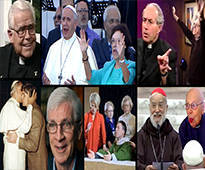
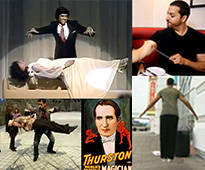


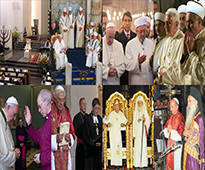


 " />
" /> " />
" />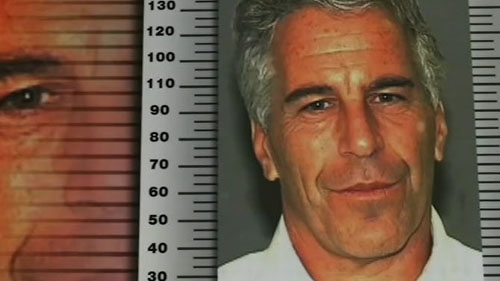 " />
" />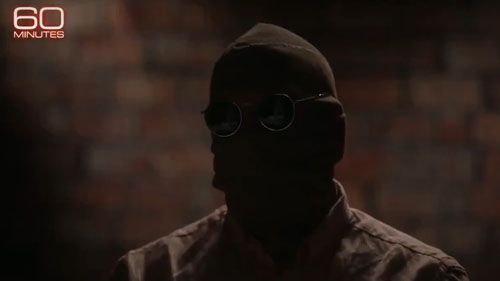 " />
" /> " />
" />




Is the New Rite of Confirmation valid?
The short answer to your question is no. Since the new confirmation cannot be considered valid (see below), you did not receive the graces associated with this sacrament. The New Order of Confirmation was promulgated on Aug. 15, 1971. The form and the matter of the sacrament have been changed. The traditional form for the sacrament of confirmation is:
The new form in the New Rite for the sacrament of confirmation: As one can see the traditional form of Confirmation has been fundamentally changed. The new form actually uses a form that is used in the Eastern Rite. Why would Paul VI replace the traditional form in the Roman Rite with the form of the Eastern Rite? We will see the significance of this change when we look at the matter of Confirmation, which has also been changed. Most theologians traditionally regard the imposition of hands and the signing and anointing of the forehead as the proximate matter of Confirmation, and the chrism of olive oil and balm consecrated by the bishop as the remote matter. In Paul VI’s New Rite of Confirmation, the imposition of hands has been abolished, and other vegetable oils may replace olive oil, and any spice may be used instead of balm! In the New Testament, the imposition of hands was always present in confirmation (see Acts 8:17, Acts 19:6). But there is no imposition of hands in the New Rite of Confirmation. It has been abolished. This alone renders Paul VI’s New Rite of Confirmation highly doubtful. Further, in the Eastern Rite of Confirmation, when the form is pronounced the bishop, he imposes his hands, thus completing by his action the words of the form. In the new rite, however, even though the Eastern Rite form is used, the words are not completed by the action of imposition of hands, as in the Eastern Rite, thus rendering it highly doubtful. Conclusion: All the changes considered, the validity of the new Confirmation is highly doubtful.Sign up for our free e-mail list to see future vaticancatholic.com videos and articles.
Recent Content
^